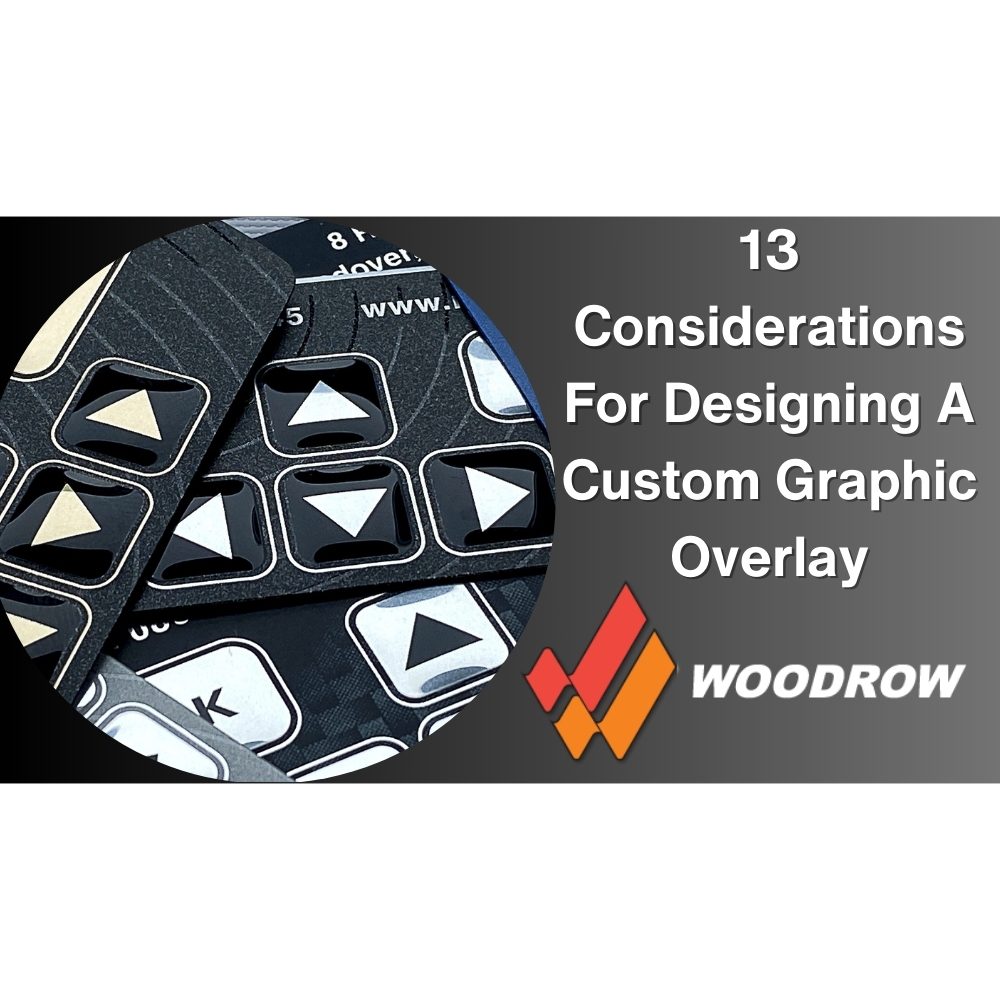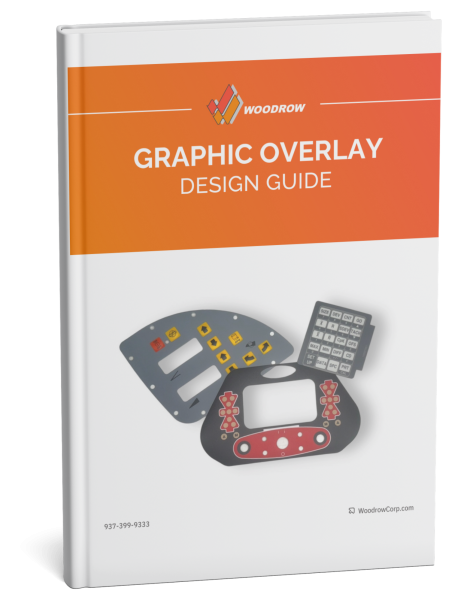
In today’s dynamic and competitive market, businesses constantly seek innovative ways to stand out and make a lasting impression. Custom graphics overlays have become famous for enhancing product aesthetics and functionality. Whether you’re designing an overlay for industrial equipment, medical devices, or consumer electronics, careful consideration of various factors is essential. This blog post will delve into 13 considerations when designing a custom graphics overlay.
Size and Design Specifications:
Begin by defining the dimensions of your graphics overlay. Consider the overall size, shape, and layout to ensure a seamless integration with your product. A well-thought-out design that aligns with your brand aesthetic is crucial for creating a visually appealing and cohesive product.
Durability Based on Environment and Usage:
Understand the environmental conditions your product will face. Consider factors like temperature, humidity, and exposure to chemicals. Choose materials and printing processes that can withstand these conditions, ensuring the longevity and performance of your graphics overlay.
Add-On Features and Functionality:
Evaluate if your graphics overlay requires additional features, such as embossing, tactile buttons, or backlighting. These elements can enhance user experience and functionality. Collaborate with your design team to integrate these features into the overall design.
Lighting:
If your product requires backlighting, carefully plan the placement and intensity of the lights. Consider how lighting will affect the visibility and legibility of your graphics. LED technology is often preferred for its energy efficiency and design flexibility.
Surface Finishes and Treatments:
Choose surface finishes that complement your product’s aesthetic and offer practical benefits. Matte finishes reduce glare, while gloss finishes can enhance color vibrancy. Additionally, treatments like anti-scratch coatings should be considered to protect the overlay from wear and tear.
Printing and Cutting Processes:
Select appropriate printing and cutting methods based on your design complexity and quantity. Standard techniques include screen printing, digital printing, and laser cutting. Each method has advantages, so work closely with your manufacturing partner to choose the best fit for your project.
Adhesive Selection:
The adhesive in your graphics overlay is critical for ensuring a secure and durable bond to the product. Consider the surface material of your product and the expected usage conditions when selecting adhesives. Consult with adhesive specialists to find the optimal solution.
User Interface:
Prioritize the user interface (UI) design to create an intuitive and user-friendly experience. Consider the placement and functionality of buttons, labels, and indicators to enhance the overall usability of your product.
Branding:
Leverage the graphics overlay as a powerful branding tool. Incorporate your company logo, colors, and other brand elements into the design. Consistent branding across all products strengthens brand recognition and trust.
Regulatory Compliance:
Ensure your graphics overlay complies with relevant industry regulations and standards. This is especially crucial in sectors like medical devices and aerospace, where strict rules govern product design and labeling.
Interactive Elements:
If your product includes touchscreens or interactive elements, carefully plan their integration into the graphics overlay. Consider user feedback, responsiveness, and the overall user experience when designing these interactive features.
Materials Used in the Making:
Select materials that align with your product’s requirements. Common overlay materials include polycarbonate, polyester, and acrylic. Each material has unique properties, such as flexibility, transparency, and chemical resistance, so choose accordingly.
Print Quality:
The quality of your graphics directly impacts the overall aesthetics and readability. Prioritize high-resolution printing to ensure sharp images, accurate colors, and clear text. Regularly assess print quality during production to maintain consistency.
Designing a custom graphics overlay involves a thoughtful and holistic approach, considering various technical, aesthetic, and functional aspects. By paying attention to the 13 considerations outlined in this blog, you can ensure the successful integration of a high-quality graphics overlay that enhances your product and leaves a lasting impression.

